- Home
- J. K. Rowling
The Christmas Pig Page 18
The Christmas Pig Read online
Page 18
King Fred was secretly relieved to find out how easy it was to rule Cornucopia. In fact, the country seemed to run itself. Nearly everybody had lots of food, the merchants made pots of gold, and Fred’s advisors took care of any little problem that arose. All that was left for Fred to do was beam at his subjects whenever he went out in his carriage and go hunting five times a week with his two best friends, Lord Spittleworth and Lord Flapoon.
Spittleworth and Flapoon had large estates of their own in the country, but they found it much cheaper and more amusing to live at the palace with the king, eating his food, hunting his stags, and making sure that the king didn’t get too fond of any of the beautiful ladies at court. They had no wish to see Fred married, because a queen might spoil all their fun. For a time, Fred had seemed to rather like Lady Eslanda, who was as dark and beautiful as Fred was fair and handsome, but Spittleworth had persuaded Fred that she was far too serious and bookish for the country to love her as queen. Fred didn’t know that Lord Spittleworth had a grudge against Lady Eslanda. He’d once asked her to marry him, but she’d turned him down.
Lord Spittleworth was very thin, cunning, and clever. His friend Flapoon was ruddy-faced, and so enormous that it required six men to heave him onto his massive chestnut horse. Though not as clever as Spittleworth, Flapoon was still far sharper than the king.
Both lords were expert at flattery, and pretending to be astonished by how good Fred was at everything from riding to tiddlywinks. If Spittleworth had a particular talent, it was persuading the king to do things that suited Spittleworth, and if Flapoon had a gift, it was for convincing the king that nobody on earth was as loyal to the king as his two best friends.
Fred thought Spittleworth and Flapoon were jolly good chaps. They urged him to hold fancy parties, elaborate picnics, and sumptuous banquets, because Cornucopia was famous, far beyond its borders, for its food. Each of its cities was known for a different kind, and each was the very best in the world.
The capital of Cornucopia, Chouxville, lay in the south of the country, and was surrounded by acres of orchards, fields of shimmering golden wheat, and emerald-green grass, on which pure white dairy cows grazed. The cream, flour, and fruit produced by the farmers here was then given to the exceptional bakers of Chouxville, who made pastries.
Think, if you please, of the most delicious cake or cookie you have ever tasted. Well, let me tell you they’d have been downright ashamed to serve that in Chouxville. Unless a grown man’s eyes filled with tears of pleasure as he bit into a Chouxville pastry, it was deemed a failure and never made again. The bakery windows of Chouxville were piled high with delicacies such as Maidens’ Dreams, Fairies’ Cradles, and, most famous of all, Hopes-of-Heaven, which were so exquisitely, painfully delicious that they were saved for special occasions and everybody cried for joy as they ate them. King Porfirio, of neighboring Pluritania, had already sent King Fred a letter, offering him the choice of any of his daughters’ hands in marriage in exchange for a lifetime’s supply of Hopes-of-Heaven, but Spittleworth had advised Fred to laugh in the Pluritanian ambassador’s face.
“His daughters are nowhere near pretty enough to exchange for Hopes-of-Heaven, sire!” said Spittleworth.
To the north of Chouxville lay more green fields and clear, sparkling rivers, where jet-black cows and happy pink pigs were raised. These in turn served the twin cities of Kurdsburg and Baronstown, which were separated from each other by an arching stone bridge over the main river of Cornucopia, the Fluma, where brightly colored barges bore goods from one end of the kingdom to another.
Kurdsburg was famous for its cheeses: huge white wheels, dense orange cannonballs, big crumbly blue-veined barrels, and little baby cream cheeses smoother than velvet.
Baronstown was celebrated for its smoked and honey-roasted hams, its sides of bacon, its spicy sausages, its melting beefsteaks, and its venison pies.
The savory fumes rising from the chimneys of the redbrick Baronstown stoves mingled with the odorous tang wafting from the doorways of the Kurdsburg cheesemongers, and for forty miles all around, it was impossible not to salivate breathing in the delicious air.
A few hours north of Kurdsburg and Baronstown, you came upon acres of vineyards bearing grapes as large as eggs, each of them ripe and sweet and juicy. Journey onward for the rest of the day and you reached the granite city of Jeroboam, famous for its wines. They said of the Jeroboam air that you could get tipsy simply walking its streets. The best vintages changed hands for thousands upon thousands of gold coins, and the Jeroboam wine merchants were some of the richest men in the kingdom.
But a little north of Jeroboam, a strange thing happened. It was as though the magically rich land of Cornucopia had exhausted itself by producing the best grass, the best fruit, and the best wheat in the world. Right at the northern tip came the place known as the Marshlands, and the only thing that grew there were some tasteless, rubbery mushrooms and thin, dry grass, only good enough to feed a few mangy sheep.
The Marshlanders who tended the sheep didn’t have the sleek, well-rounded, well-dressed appearance of the citizens of Jeroboam, Baronstown, Kurdsburg, or Chouxville. They were gaunt and ragged. Their poorly nourished sheep never fetched very good prices, either in Cornucopia or abroad, so very few Marshlanders ever got to taste the delights of Cornucopian wine, cheese, beef, or pastries. The most common dish in the Marshlands was a greasy mutton broth, made of those sheep who were too old to sell.
The rest of Cornucopia found the Marshlanders an odd bunch — surly, dirty, and ill-tempered. They had rough voices, which the other Cornucopians imitated, making them sound like hoarse old sheep. Jokes were made about their manners and their simplicity. As far as the rest of Cornucopia was concerned, the only memorable thing that had ever come out of the Marshlands was the legend of the Ickabog.
Also by J.K. Rowling
Harry Potter and the Sorcerer’s Stone
Harry Potter and the Chamber of Secrets
Harry Potter and the Prisoner of Azkaban
Harry Potter and the Goblet of Fire
Harry Potter and the Order of the Phoenix
Harry Potter and the Half-Blood Prince
Harry Potter and the Deathly Hallows
Fantastic Beasts and Where to Find Them
Quidditch Through the Ages
(Published in aid of Comic Relief and Lumos)
The Tales of Beedle the Bard
(Published in aid of Lumos)
Harry Potter and the Cursed Child
(Based on an original story by J.K. Rowling, John Tiffany, and Jack Thorne. A play by Jack Thorne.)
Fantastic Beasts and Where to Find Them (The Original Screenplay)
Fantastic Beasts: The Crimes of Grindelwald (The Original Screenplay)
The Ickabog
Text & Illustrations © 2021 J.K. Rowling
THE CHRISTMAS PIG name and logo, and all other related trademarks, characters, names, and indicia are tm J.K. Rowling.
Excerpt from The Ickabog by J.K. Rowling. © 2020 J.K. Rowling
The Ickabog logo, and the crown and feather motifs © J.K. Rowling 2020
Cover illustrations and design © Hodder & Stoughton Limited 2020
All rights reserved. Published by Scholastic Inc., Publishers since 1920. scholastic and associated logos are trademarks and/or registered trademarks of Scholastic Inc.
The publisher does not have any control over and does not assume any responsibility for author or third-party websites or their content.
This book is a work of fiction. Names, characters, places, and incidents are either the product of the author’s imagination or are used fictitiously, and any resemblance to actual persons, living or dead, business establishments, events, or locales is entirely coincidental.
e-ISBN 978-1-338-79025-2
First edition, October 2021
Cover art by Jim Field © 2021 J.K. Rowling
Cover design by Jim Field and Sophie Stericker
The display type was set in Charcuterie Contrast, a typeface designed by Laura Worthington. The artwork was created in pencil and digital.
All rights reserved under International and Pan-American Copyright Conventions. No part of this publication may be reproduced, transmitted, downloaded, decompiled, reverse engineered, or stored in or introduced into any information storage and retrieval system, in any form or by any means, whether electronic or mechanical, now known or hereafter invented, without the express written permission of the publisher. For information regarding permission, write to Scholastic Inc., Attention: Permissions Department, 557 Broadway, New York, NY 10012.

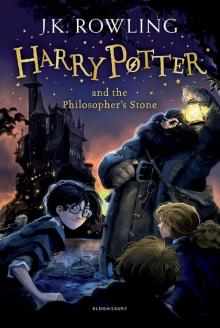 Harry Potter and the Philosophers Stone
Harry Potter and the Philosophers Stone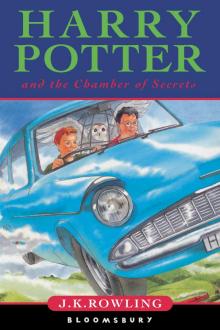 Harry Potter and the Chamber of Secrets
Harry Potter and the Chamber of Secrets Harry Potter and the Goblet of Fire
Harry Potter and the Goblet of Fire Harry Potter and the Deathly Hallows
Harry Potter and the Deathly Hallows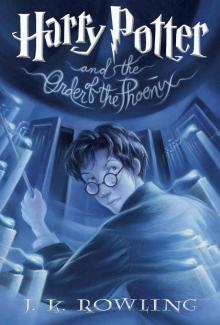 Harry Potter and the Order of the Phoenix
Harry Potter and the Order of the Phoenix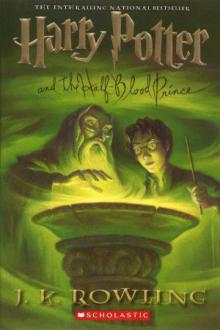 Harry Potter and the Half-Blood Prince
Harry Potter and the Half-Blood Prince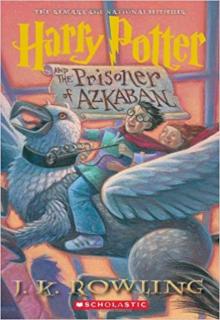 Harry Potter and the Prisoner of Azkaban
Harry Potter and the Prisoner of Azkaban Fantastic Beasts and Where to Find Them
Fantastic Beasts and Where to Find Them Short Stories from Hogwarts of Heroism, Hardship and Dangerous Hobbies
Short Stories from Hogwarts of Heroism, Hardship and Dangerous Hobbies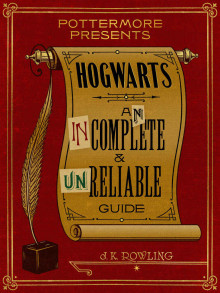 Hogwarts: An Incomplete and Unreliable Guide
Hogwarts: An Incomplete and Unreliable Guide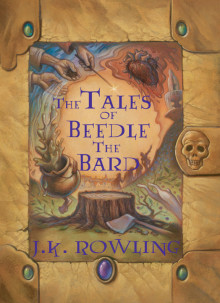 The Tales of Beedle the Bard
The Tales of Beedle the Bard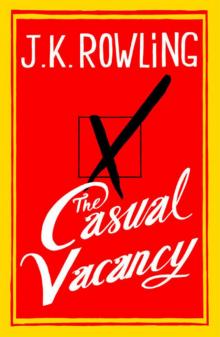 The Casual Vacancy
The Casual Vacancy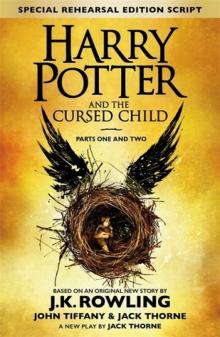 Harry Potter and the Cursed Child
Harry Potter and the Cursed Child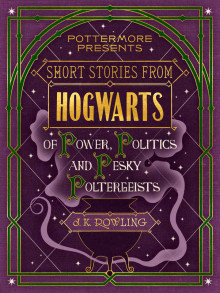 Short Stories from Hogwarts of Power, Politics and Pesky Poltergeists
Short Stories from Hogwarts of Power, Politics and Pesky Poltergeists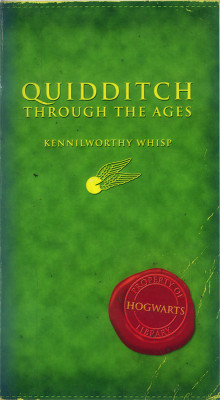 Quidditch Through the Ages
Quidditch Through the Ages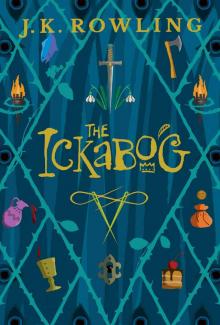 The Ickabog
The Ickabog![Fantastic Beasts, The Crimes of Grindelwald [UK] Read online](http://i1.bookreadfree.com/i/03/19/fantastic_beasts_the_crimes_of_grindelwald_uk_preview.jpg) Fantastic Beasts, The Crimes of Grindelwald [UK]
Fantastic Beasts, The Crimes of Grindelwald [UK]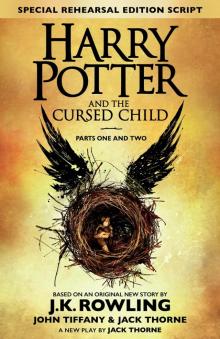 Harry Potter and the Cursed Child: Parts One and Two
Harry Potter and the Cursed Child: Parts One and Two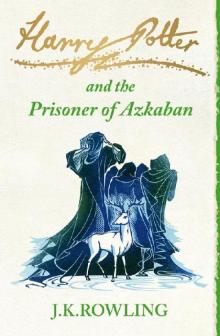 The Prisoner of Azkaban
The Prisoner of Azkaban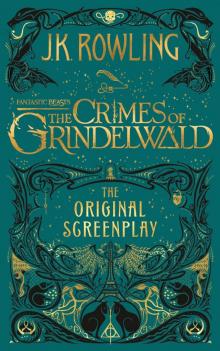 Fantastic Beasts: The Crimes of Grindelwald
Fantastic Beasts: The Crimes of Grindelwald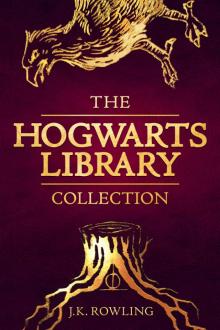 The Hogwarts Library Collection
The Hogwarts Library Collection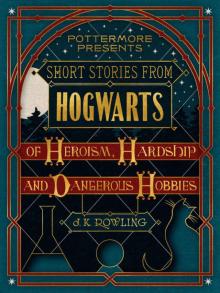 Short Stories from Hogwarts of Heroism, Hardship and Dangerous Hobbies (Kindle Single) (Pottermore Presents)
Short Stories from Hogwarts of Heroism, Hardship and Dangerous Hobbies (Kindle Single) (Pottermore Presents)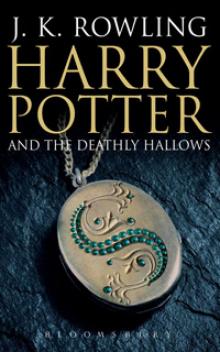 Harry Potter and the Deathly Hallows hp-7
Harry Potter and the Deathly Hallows hp-7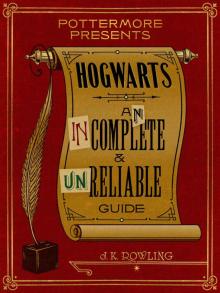 Hogwarts: An Incomplete and Unreliable Guide (Kindle Single) (Pottermore Presents)
Hogwarts: An Incomplete and Unreliable Guide (Kindle Single) (Pottermore Presents)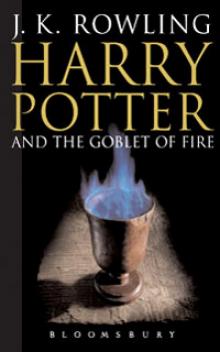 Harry Potter and the Goblet of Fire hp-4
Harry Potter and the Goblet of Fire hp-4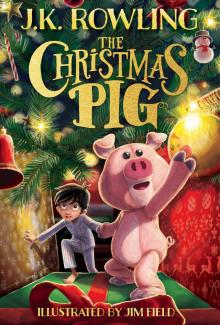 The Christmas Pig
The Christmas Pig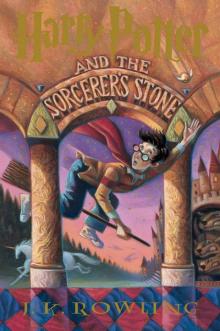 Harry Potter and the Sorcerer's Stone
Harry Potter and the Sorcerer's Stone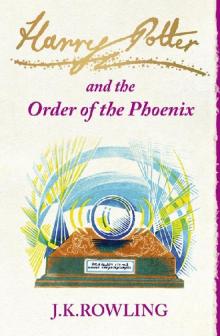 The Order of the Phoenix
The Order of the Phoenix Harry Potter and the Prisoner of Azkaban hp-3
Harry Potter and the Prisoner of Azkaban hp-3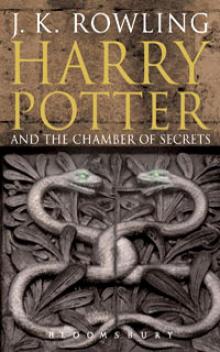 Harry Potter and the Chamber of Secrets hp-2
Harry Potter and the Chamber of Secrets hp-2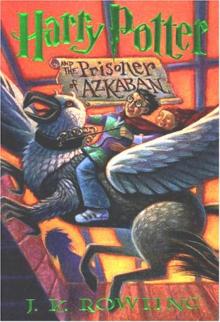 HP 3 - Harry Potter and the Prisoner of Azkaban
HP 3 - Harry Potter and the Prisoner of Azkaban The Half-Blood Prince
The Half-Blood Prince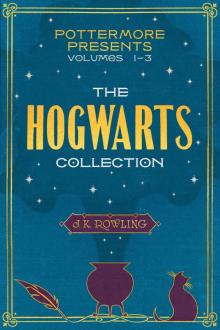 The Hogwarts Collection
The Hogwarts Collection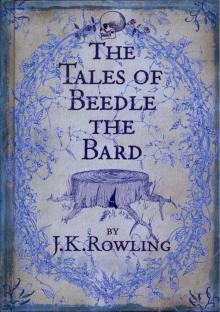 Tales of Beedle the Bard
Tales of Beedle the Bard The Goblet of Fire
The Goblet of Fire Harry Potter and the Half-Blood Prince hp-6
Harry Potter and the Half-Blood Prince hp-6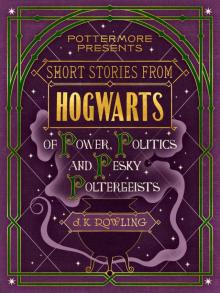 Short Stories from Hogwarts of Power, Politics and Pesky Poltergeists (Kindle Single) (Pottermore Presents)
Short Stories from Hogwarts of Power, Politics and Pesky Poltergeists (Kindle Single) (Pottermore Presents)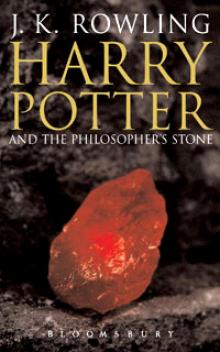 Harry Potter and the Sorcerer's Stone hp-1
Harry Potter and the Sorcerer's Stone hp-1